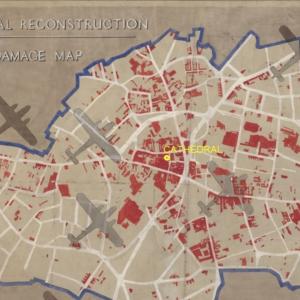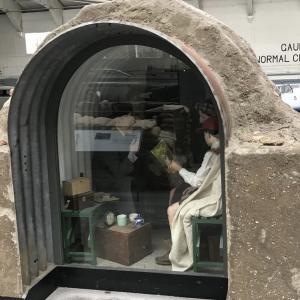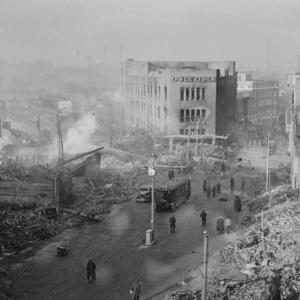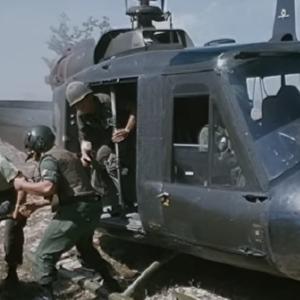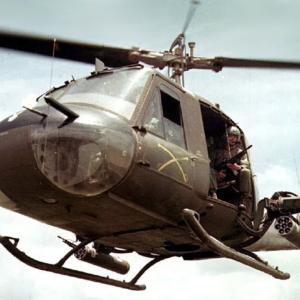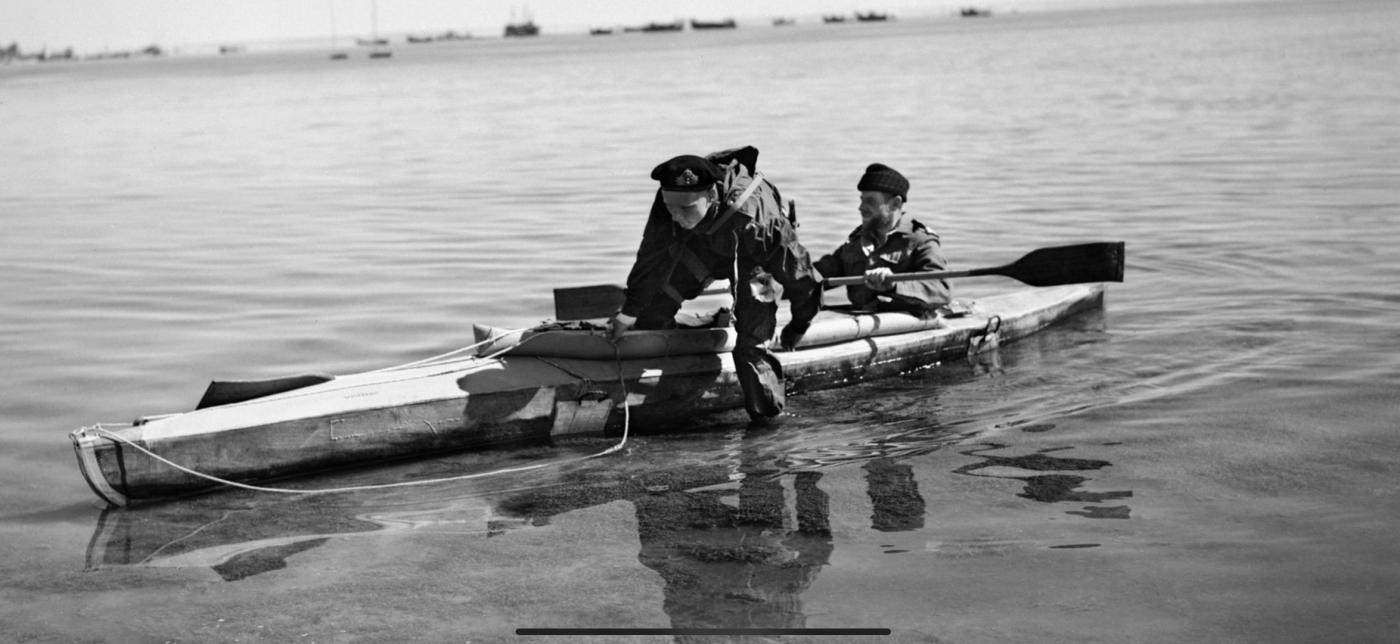
Cockleshell Heroes
Among the many stories of courage and ingenuity during World War II, few are as bold or dramatic as that of the Cockleshell Heroes. Officially known as Operation Frankton, this daring raid was carried out by a small team of British Royal Marines in December 1942. Their objective was to strike at the heart of German shipping operations in the occupied French port of Bordeaux, using unconventional means — small, collapsible canoes known as "cockleshells." The operation was conceived as a desperate gamble to inflict damage behind enemy lines and became one of the most heroic and tragic missions of the war.
The inspiration for Operation Frankton came from Major Herbert "Blondie" Hasler, a visionary officer in the Royal Marines. Hasler believed that small, elite forces could achieve significant results by operating covertly. In 1942, as German occupation tightened across Western Europe, the British Admiralty and Combined Operations were increasingly looking for ways to disrupt Axis supply chains and cripple their logistical infrastructure.
Bordeaux was identified as a critical target. Located in southwestern France, it was one of the few ports not severely damaged by earlier bombings and was vital for the Germans' war effort. Large cargo ships, including blockade runners supplying vital materials from Japan and the Far East, were docking regularly in the port. It was nearly impossible to strike these ships from the air without inflicting unacceptable civilian casualties, and a land-based assault would require significant forces.
Hasler proposed a radical plan: a handful of Royal Marines would be dropped off by submarine near the mouth of the Gironde estuary, 60 miles from Bordeaux. From there, they would paddle upstream under the cover of night in collapsible canoes, plant limpet mines on the hulls of docked ships, and then make their escape overland to neutral Spain.
The plan was approved by Combined Operations, and Hasler handpicked a team of 12 men, including himself. They were trained in canoeing, explosives, silent movement, and survival. The operation was shrouded in secrecy, and even within the military, few knew of its existence.
The selected unit was drawn from the Royal Marines Boom Patrol Detachment (RMBPD), formed specifically for such unconventional raids. The team included Major Herbert Hasler, who would command the mission, and Marine Bill Sparks, his canoe partner. The others were Sergeant Samuel Wallace and Marine Robert Ewart, Corporal Albert Laver and Marine William Mills, Sergeant Walter “Wally” Mills and Marine James Conway, and Marine David Moffatt and Marine George Sheard. Each two-man team was assigned a specially designed collapsible canoe, known as the Cockle Mk II. These crafts were made of canvas stretched over a wooden frame and were coded with names like “Catfish,” “Cuttlefish,” and “Conger.”
In early December 1942, the team departed from Holy Loch in Scotland aboard the submarine HMS Tuna. On the night of December 7, the submarine surfaced off the coast near the Gironde estuary, and the men prepared to deploy their canoes. Already, things began to go wrong. One canoe, Conger, was damaged while being taken out of the submarine and had to be abandoned, reducing the number of operational teams to four.
The journey up the estuary was grueling. Over the next four nights, the men paddled tirelessly by moonlight, often fighting against strong currents, tidal flows, and freezing temperatures. They hid by day to avoid German patrols and relied on their training and endurance to make progress. Navigation was difficult and exhausting, and two more canoes were lost to accidents and separation. Some men drowned; others were captured and later executed by the Germans under Hitler’s infamous Commando Order, which dictated that any captured commandos be shot without trial.
By December 11, only Hasler and Sparks remained. After navigating over 70 miles of waterway, they reached Bordeaux and infiltrated the heavily guarded harbor. Under cover of darkness, they attached limpet mines to several high-value German vessels using silent swimming techniques honed during training. Shortly after dawn, several explosions rocked the port. Damage was inflicted on at least five ships, temporarily disrupting German logistics and forcing them to increase port defenses significantly.
After the attack, Hasler and Sparks began their escape, traveling on foot and by bicycle across occupied France. Their journey to Spain took weeks, and they were aided by members of the French Resistance and local civilians. Eventually, they reached Gibraltar and returned safely to Britain, the only survivors of the mission. Out of the original ten men who launched in canoes, six were captured and executed, two drowned, and only two survived.
Despite the high cost, Operation Frankton was deemed a strategic success. It forced the Germans to divert considerable resources to port defense, disrupted supply chains temporarily, and demonstrated the effectiveness of small-unit operations behind enemy lines. Perhaps more importantly, it inspired the British public and military leaders alike, highlighting the value of unconventional warfare at a time when traditional tactics were often proving costly.
Major Hasler and Marine Sparks were awarded the Distinguished Service Order and Distinguished Service Medal, respectively, for their roles in the mission. Their story later became the subject of the 1955 film “The Cockleshell Heroes,” which brought wider recognition to their extraordinary bravery. Though their mission was a high-risk operation with tragic consequences, it showcased the ingenuity and determination of a few men willing to undertake the impossible.
Today, the legacy of the Cockleshell Heroes lives on as a symbol of courage and sacrifice. Their raid demonstrated how innovation and bravery could make an outsized impact, even in a conflict as vast and brutal as the Second World War. The operation remains a poignant chapter in the history of British special forces and an enduring reminder of what determined individuals can achieve under the harshest of circumstances.

